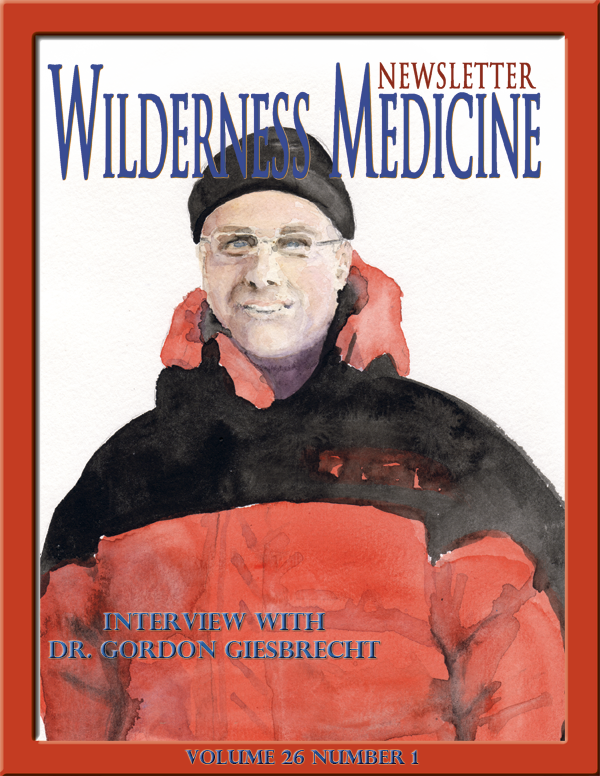New Cold Injury Assessment Card

ISSN:1059-6518
Volume 28 Number 6
Our friend and advisor, Dr. Gordon Giesbrecht, a.k.a Professor Popsicle, sent us a sample of a project he has been working on: a useful card on assessing a cold patient. The card is being distributed by an organization called BICOrescue.com (BICO stands for Baby It’s Cold Outside) a group dedicated to better educating rescuers about the identification and treatment of cold injuries.
The site hosts a series of video presentations, interactive videos, and resource materials that can be accessed by anyone who registers. The material on the site is presented as an online course that supported by the government of Canada through their Search and Rescue New Initiative Fund (SAR NIF).
It looks like an excellent resource for anyone involved with Search and Rescue or the practice of Wilderness Medicine.
If you want to see the card that Gordon sent us, check out the Images below.
If you would like to print the card, You can click on either image and then print.
Disclaimer: The content of the Wilderness Medicine Newsletter is not a substitute for formal training or the recommendation of an expert. The authors, editors, and artists are not responsible for inaccuracies.





